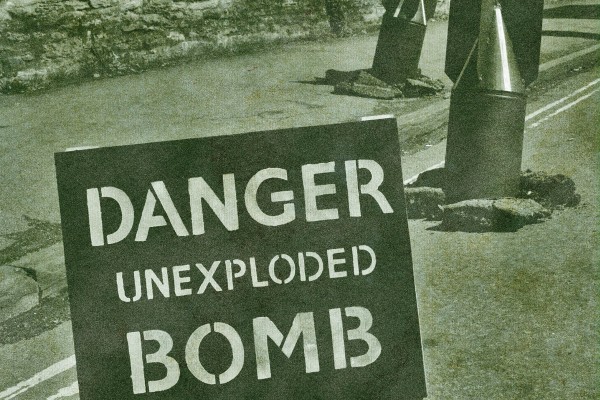The Police and New Zealand Defence Force (NZDF) were recently called over a bomb found in the Leith, and it wasn’t the first one this year.
The old mortar shell was unearthed during excavation for the construction of a new bridge near the Burns building. It had been chilling just one metre below the surface since World War II.
But what actually is a mortar shell? A mortar is basically a big gun with wheels. However, the reason the Police and NZDF got involved is because mortar shells aren’t just bullets, they are straight up bombs.
Because the shell was determined to be a World War II artefact, there was the question of whether or not it was even still active. Or if it ever had been. According to an NZDF spokesperson, the NZDF Explosive Ordnance Disposal squad had to come down and see it for themselves. They soon determined that the shell was inactive and removed it.
However, according to Andrew Ferguson, the University’s Emergency and Business Continuity Coordinator, when the last mortar shell was found in July, the police were able to follow the advice of the NZDF and remove it themselves.
This means that the NZDF came down in person this time because there was an actual possibility that this one was active. Shook.
This may be disappointing news for any students who were hoping for a bit more excitement on campus. But fear not. When asked whether there could be more shells buried, Ferguson said it is “entirely possible.” Leith kayakers should probably keep in mind in the future.
The University was also asked if there was a potential for the Archaeology department to get involved and investigate the area. The mortar shell is a historic artefact, after all. However, Ferguson’s said that it was more likely that the Leith had been nothing more than a convenient dumping ground for inactive shells.
If there is a lesson to be learnt from this, it’s that our grandparents were dangerously untidy kiwis.



